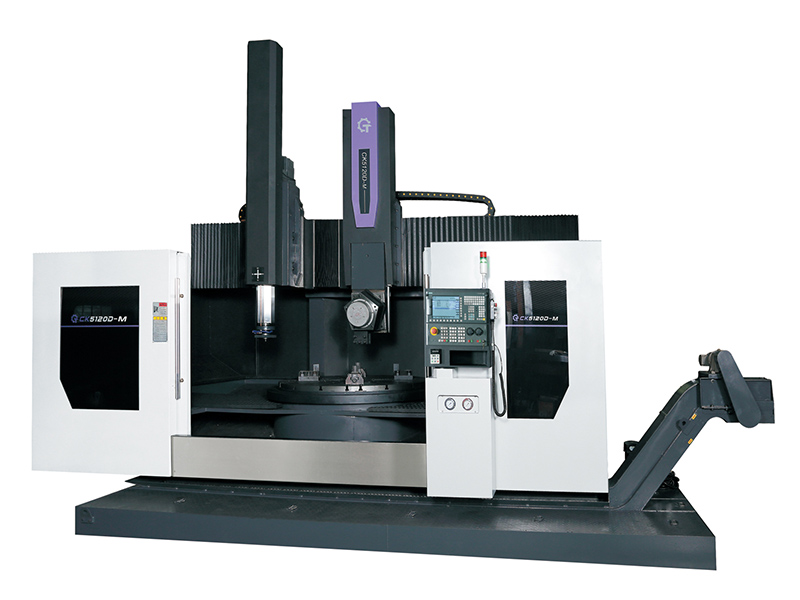What is the difference between CNC vertical lathe and milling machine |
| Time: 2021-05-06 View: 5673 Burst: |
|
CNC vertical lathes and milling machines are very common in mechanical processing nowadays, but many people are not very familiar with them. So, what is the difference between CNC vertical lathes and milling machines? Below, the editor will introduce their special features and uses to everyone.
1. Milling machine mainly refers to a machine tool that uses milling cutters to machine various surfaces of workpieces. Usually, milling cutters move mainly in rotation, while the movement of the workpiece and milling cutter is in feed motion. It can process flat surfaces, grooves, as well as various curved surfaces, gears, etc. 2. Numerical control vertical lathe is an advanced equipment with excellent performance, wide process range, and high production efficiency. Vertical lathes can generally be divided into single column and double column types. Suitable for processing small and medium-sized disk and cover parts; High strength cast iron base and column, with good stability and seismic performance; Vertical structure, convenient for clamping workpieces. 3. A milling machine is a machine tool that can perform milling, drilling, and boring on workpieces. With the development of industrial technology, CNC milling machines have gradually replaced traditional milling machines due to their high machining accuracy, stable and reliable machining quality, and high production efficiency. 4. Vertical lathes are large mechanical equipment used for processing large and heavy workpieces with complex shapes, with large radial dimensions and relatively small axial dimensions. Such as cylindrical surfaces, end surfaces, conical surfaces, cylindrical holes, and conical holes of various types of discs, wheels, and sleeves. Additional devices can also be used to progress machining processes such as threading, spherical surfaces, profiling, milling, and grinding. 5. A CNC vertical lathe is used to machine workpieces with large diameters and component ratios, or workpieces that are difficult to install on a horizontal lathe. The spindle axis is perpendicular to the degree plane, and the workpiece is installed on a degree reversing and rotating worktable. The worktable has the main activity of action twisting, and the feed activity is achieved by the vertical and side tool holders. |










